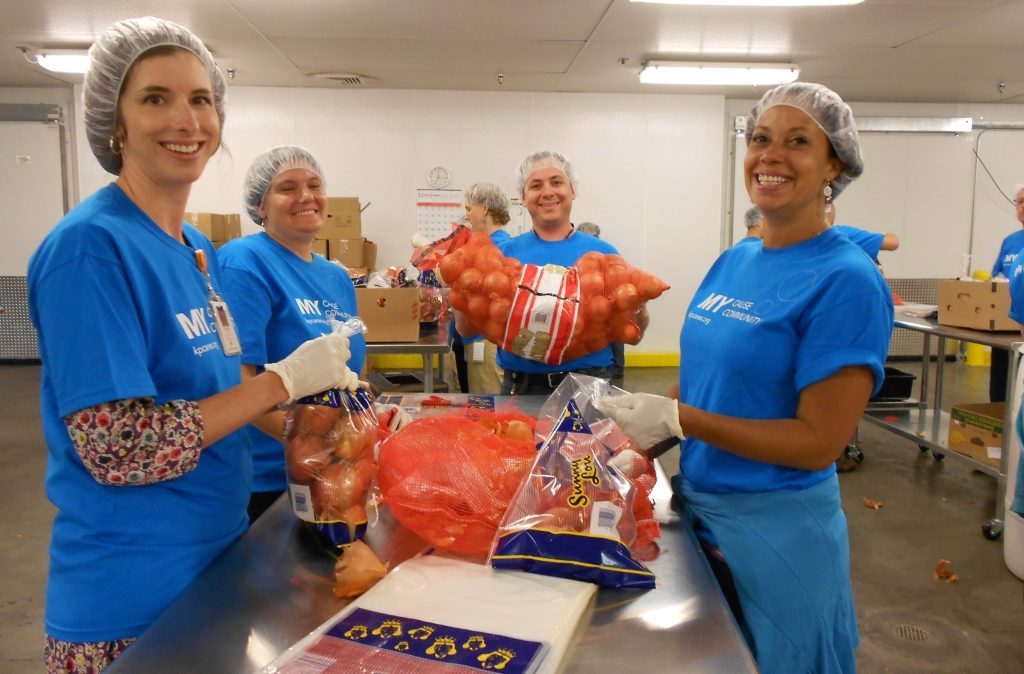In a world where access to healthcare remains uneven and mistrust in institutional systems persists, a quiet yet powerful movement is reshaping how communities think about health: door-to-door wellness. At the heart of this grassroots revolution are local health volunteers—trusted residents, often with minimal but targeted training—who bring practical, culturally relevant health knowledge straight to their neighbors’ doorsteps. These everyday champions are not just distributing pamphlets or checking blood pressure; they are fostering relationships, encouraging daily self-care, and turning neighborhoods into hubs of preventative health. Their work demonstrates that sometimes the most impactful wellness interventions don’t require hospital visits, but a knock on the door and a trusted face.
The Power of Peer-Led Health Education
Unlike top-down health campaigns, which can feel impersonal or overly clinical, community-led efforts often succeed because they are built on trust. When a neighbor or familiar community member talks about blood sugar levels, hydration, or the importance of stretching, the advice lands differently. It’s not just theory—it’s a conversation between equals. Peer-led health education empowers residents to take action because it’s rooted in shared experience. Whether it’s a mother showing another how to manage stress with breathing exercises, or an elder teaching younger residents how to cook nutritious meals on a budget, this model is effective because it’s relatable and personal.
Success Stories from Across the Globe
In Kibera, Kenya’s largest informal settlement, women health volunteers known as “Community Health Workers” have become lifelines for maternal health education and hygiene practices. In Medellín, Colombia, retired nurses go door-to-door teaching seniors how to monitor blood pressure and stay mobile. In Detroit, Michigan, local churches train congregation members to act as “wellness stewards,” checking in on elderly members and offering weekly health tips. These examples aren’t isolated—they reflect a growing global understanding that health doesn’t start at the clinic; it starts at home, in everyday routines, and with the right support.
Building Trust Through Familiar Faces
Trust is the bedrock of effective health interventions, especially in communities with historical or systemic reasons to be wary of medical institutions. Local volunteers help bridge that trust gap. They know the language, the cultural nuances, the community’s challenges and strengths. This allows them to tailor their approach in a way that feels authentic. A teenage peer mentor may frame sexual health discussions differently for a younger audience than a nurse might. A retired construction worker might speak about joint care and pain management in terms that resonate more clearly than a printed guide. This kind of emotional and cultural literacy cannot be manufactured—it’s embedded in the lived experience of the volunteers.
Everyday Interventions with Big Results
You don’t need a PhD in public health to make a difference. Simple, actionable wellness practices, when consistently shared and reinforced, can dramatically improve health outcomes. Volunteers might teach families to track their water intake using marked bottles, encourage five-minute morning stretches, or organize neighborhood walks. They might distribute reusable menstrual pads and explain how to clean them, or show how to plant small herb gardens for better nutrition. These micro-practices, repeated across hundreds of households, begin to create a culture of wellness that feels normal, not forced. Over time, community members begin to adopt better sleep routines, healthier meals, and regular movement—not because a government policy said so, but because their neighbor showed them how.
Training Volunteers for Maximum Impact
While passion is essential, effective door-to-door wellness requires thoughtful training. Programs that thrive often include brief but focused modules on health basics—such as nutrition, chronic disease management, mental health awareness, and sanitation. Volunteers also learn soft skills: how to listen, how to motivate without judgment, how to spot warning signs and refer people to professional care when needed. Some programs equip volunteers with tablets or smartphones preloaded with visual aids and multilingual resources. Others offer them printed toolkits with illustrations, conversation starters, and wellness tracking sheets. Flexibility is key: not every community needs the same resources. What matters is giving volunteers tools that feel usable and culturally relevant.
Toolkit for Starting a Door-to-Door Wellness Program
If you’re inspired to bring this model to your own community, here’s a step-by-step starter toolkit:
1. Identify Local Health Needs
Begin by asking community members what their biggest health challenges are. Is it diabetes, stress, lack of movement, poor diet, mental health stigma? Tailor your efforts to meet those needs.
2. Recruit and Train Trusted Volunteers
Look for natural leaders: teachers, shop owners, caregivers, faith leaders, youth mentors. Create brief training sessions focused on core wellness topics and motivational communication.
3. Develop a Simple Resource Kit
Print or share digital materials with tips, visuals, and local resources. Keep language accessible and culturally inclusive. Include items like a hydration tracker, meal planner, stretch guide, and symptom checker.
4. Start with Small Outreach Zones
Divide the community into manageable zones. Assign 5–10 households to each volunteer. Focus on building relationships before trying to “teach” anything. Listen more than you speak.
5. Schedule Consistent Check-Ins
Whether it’s weekly visits or monthly follow-ups, consistency builds trust and reinforces new habits. Create a shared calendar or messaging group to keep volunteers organized.

6. Celebrate Progress Publicly
Highlight small wins: a neighbor who reduced sugar intake, someone who’s walking daily, a family that started cooking together. Use bulletin boards, community gatherings, or social media to recognize these efforts.
7. Link to Professional Support
Ensure your program includes pathways to clinics, mental health counselors, or telemedicine. Volunteers should never feel they have to diagnose or fix complex issues—they are the bridge, not the endpoint.
Empowering the Volunteers Themselves
Interestingly, one of the most transformative aspects of door-to-door wellness programs is how much they empower the volunteers themselves. Many report increased self-confidence, better health habits, and a stronger sense of purpose. In some communities, volunteers have gone on to become certified health aides, open fitness groups, or pursue careers in public health. This ripple effect strengthens the social fabric from within, proving that investing in people yields compounding returns for community wellness.
Reaching the Hard-to-Reach
Door-to-door wellness is particularly impactful for populations that are traditionally underserved: the elderly, people with disabilities, immigrants, or those living in remote or economically marginalized areas. These residents may not attend wellness fairs or access digital health resources—but they will open the door to a neighbor. In many rural villages, indigenous territories, or housing projects, health volunteers are the only consistent contact people have with any form of health education. By meeting people where they are, literally and figuratively, these programs honor the dignity of every individual.
Addressing Mental Health in Daily Conversations
One of the most sensitive but crucial roles local volunteers can play is helping destigmatize mental health. A quick chat about sleep troubles, anxiety, or parenting stress may open the door to deeper conversations. Volunteers can share coping tools, introduce breathwork or journaling, and refer individuals to support groups. These everyday touchpoints break the taboo around mental wellness and make emotional care as normal as physical care.
Leveraging Technology While Staying Human
While the power of personal connection remains the foundation, some programs now blend analog and digital tools. Volunteers might use mobile apps to track health visits, input anonymous survey data, or connect households to nearby resources. WhatsApp groups are used for check-ins and motivation. But the emphasis stays on presence—not replacing people with tech, but enhancing their ability to serve.
Sustaining and Scaling the Impact
Sustainability often depends on community ownership. When volunteers see real impact—fewer hospitalizations, more smiles, stronger bonds—they are more likely to stay involved. Some initiatives offer stipends or recognition, others rely on social capital and shared purpose. To scale, partnerships with local clinics, schools, or nonprofits can help provide resources while still keeping the movement grounded in grassroots spirit. The most resilient programs are those that remain flexible, inclusive, and driven by local voices.
Conclusion: Wellness Begins at the Threshold
In a healthcare landscape dominated by big institutions and complicated systems, door-to-door wellness brings us back to basics. It’s about people helping people. It’s about building community resilience, one conversation, one gesture, one visit at a time. By equipping ordinary residents with the knowledge, tools, and encouragement to support their neighbors, we shift from reactive healthcare to proactive care. These volunteers may not wear white coats, but they are heroes in their own right—reminding us that sometimes, the path to healing starts not in a clinic, but on your doorstep.

















































